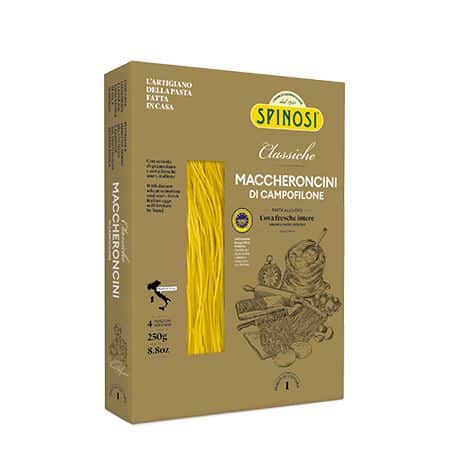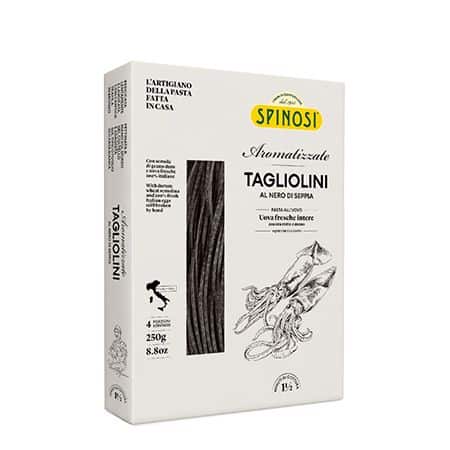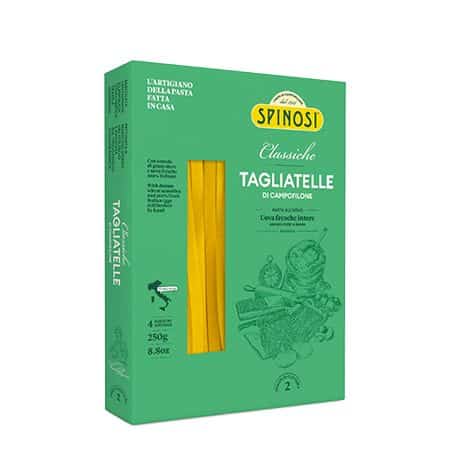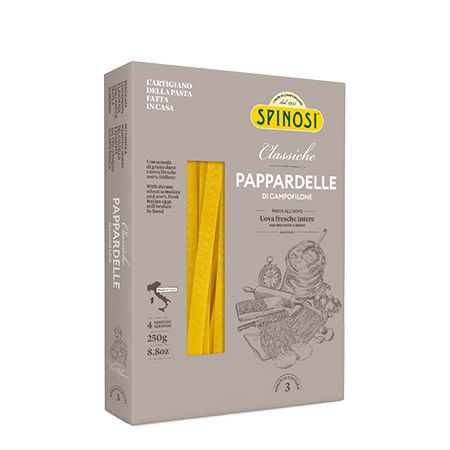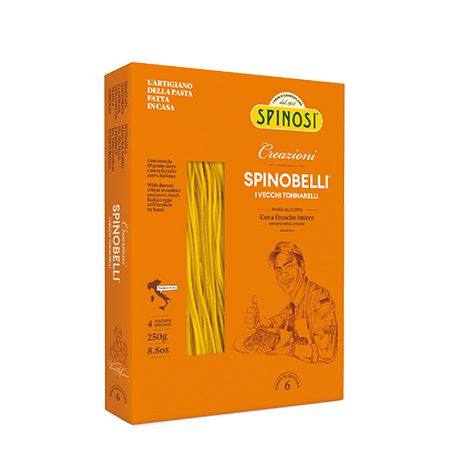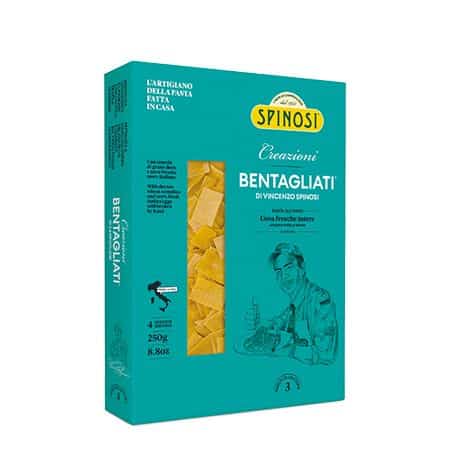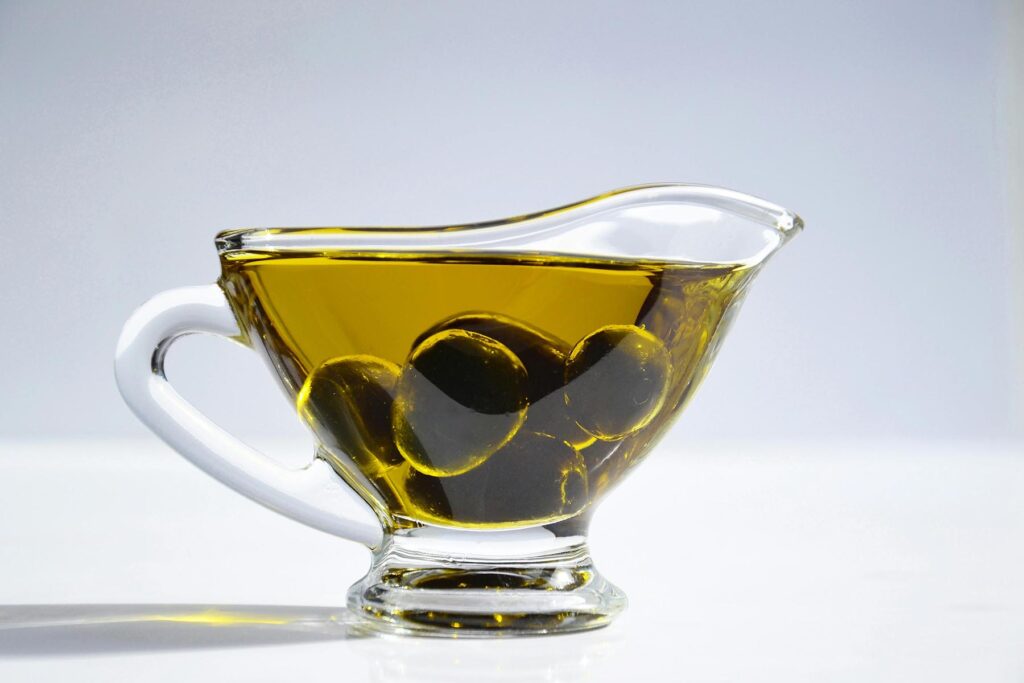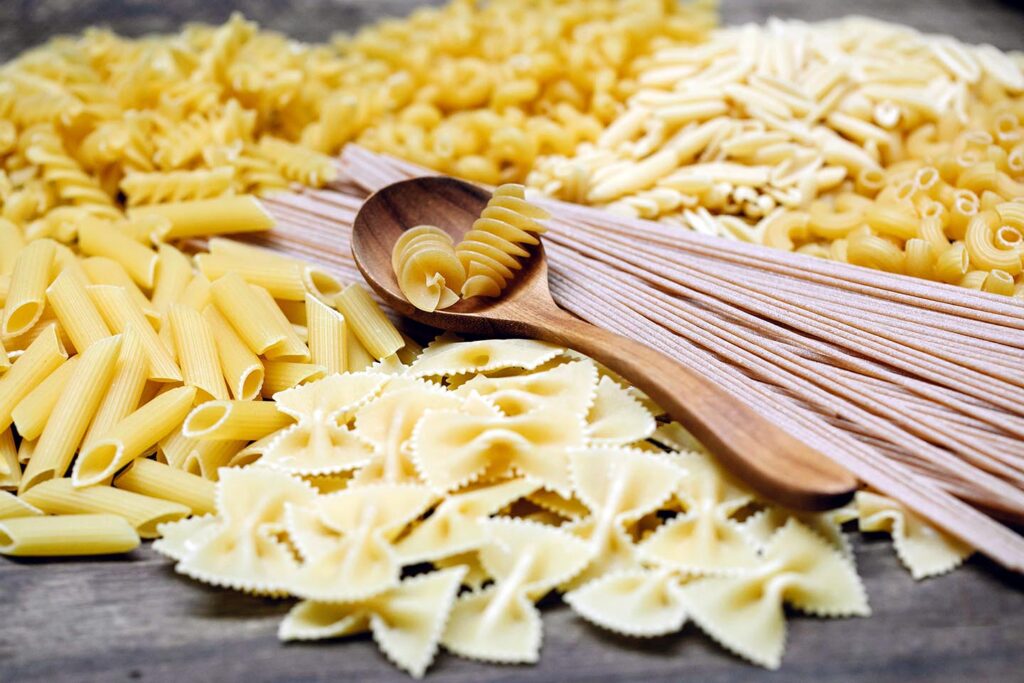
The multitude of pasta shapes available today can be traced back to a combination of Italian history, tradition, and regional diversity. Over time, pasta makers have experimented with different shapes, often adapting them to technological advances in pasta production and the demands of consumers. Italy’s rich pasta culture has deep roots dating back centuries, and each region developed its unique shapes based on local ingredients, culinary traditions, and preferences. Italy’s diverse geography and climates influenced the types of grains available for pasta production, resulting in variations in pasta texture and shape.
The shape and texture of pasta can influence its taste and overall dining experience. Pasta shapes vary in thickness, ridges, and surface area, affecting how they hold the sauce and interact with other ingredients. Some pasta shapes are designed to pair perfectly with specific sauces, while others are engineered to be versatile for a wide range of dishes. For example, long, thin pasta like spaghetti is suitable for light, oil-based sauces, while tube-shaped pasta like penne is ideal for capturing chunky tomato or cream-based sauces.
The creativity in crafting various pasta shapes also allowed for more efficient drying and storage methods, preserving this essential food source for more extended periods. The result is a fascinating array of pasta forms, from the elongated elegance of spaghetti in the south to the hearty, robust shapes favored in the north. The endless variety of pasta shapes reflects Italy’s culinary ingenuity and commitment to ensuring perfect pasta for every sauce and occasion.
There are numerous shapes and varieties of pasta, each designed to pair with specific sauces and dishes. Here are some of the most common and popular pasta shapes, though certainly not all of them:
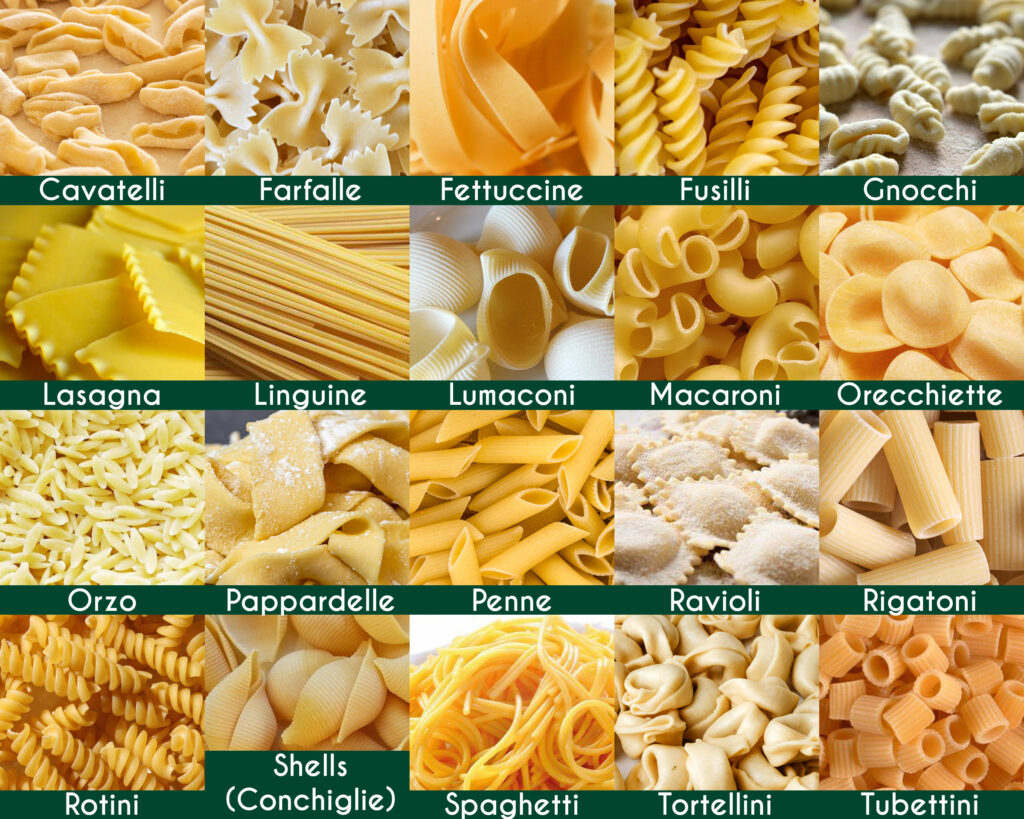
- Cavatelli: Small, shell-shaped pasta, often used in southern Italian dishes.
- Farfalle: Butterfly or bowtie-shaped pasta, suitable for both light and creamy sauces.
- Fettuccine: Flat, wide ribbons, often used in creamy Alfredo sauce dishes.
- Fusilli: Corkscrew-shaped pasta, good for capturing chunky or creamy sauces.
- Gnocchi: Small potato-based dumplings, served with various sauces.
- Lasagna: Large, flat sheets, commonly used in layered baked pasta dishes.
- Linguine: Long, flat and narrow, similar to spaghetti but wider, pairs well with seafood and pesto.
- Lumaconi: Large snail-shaped pasta, suitable for stuffing.
- Macaroni: Short, curved tubes, popular in macaroni and cheese dishes.
- Orecchiette: Ear-shaped pasta, popular in southern Italy, particularly in Puglia.
- Orzo: Small, rice-shaped pasta often used in soups, salads, and pilafs.
- Pappardelle: Wide, flat ribbons, perfect for hearty meat and game sauces.
- Penne: Short, tube-shaped pasta with a diagonal cut at the ends, great for holding chunky sauces.
- Ravioli: Stuffed pasta with various fillings, typically served with a sauce.
- Rigatoni: Large, ridged tubes, ideal for hearty meat and tomato-based sauces.
- Rotini: Spiral-shaped pasta, holds sauces well and is used in cold pasta salads.
- Shells (Conchiglie): Shell-shaped pasta, perfect for capturing sauce and often used in baked dishes.
- Spaghetti: Long, thin strands, perfect for simple tomato or meat-based sauces.
- Tortellini: Ring-shaped pasta filled with meat, cheese, or other ingredients, often used in soups.
- Tubettini: Tiny tube-shaped pasta, commonly used in soups and broths.
These are just a few examples, as there are countless pasta shapes and sizes, each with its unique texture and culinary purpose. The choice of pasta shape can significantly impact the overall experience of a dish, as it affects how well the pasta holds sauce and complements other ingredients. The wide array of pasta shapes is a result of Italy’s historical, regional, and culinary diversity and a testament to the country’s passion for food and culinary artistry. These various shapes provide endless possibilities for creating a diverse and flavorful range of pasta dishes.
What are your favorite pasta and sauce combinations? Let us know in the comments!
-
SPINOSI Maccheroncini di Campofilone IGP Egg Pasta, 8.8oz (250g)$10.99
-
SPINOSI Tagliolini Egg Pasta with Squid Ink, 8.8oz (250g)$12.99
-
SPINOSI Tagliatelle Egg Pasta, 8.8oz (250g)$7.99Rated 5.00 out of 5 based on 1 customer rating
-
SPINOSI Pappardelle Egg Pasta, 8.8oz (250g)$7.99
-
SPINOSI SpinoBelli Egg Pasta, 8.8oz (250g)$7.99
-
SPINOSI Bentagliati Egg Pasta, 8.8oz (250g)$7.99

